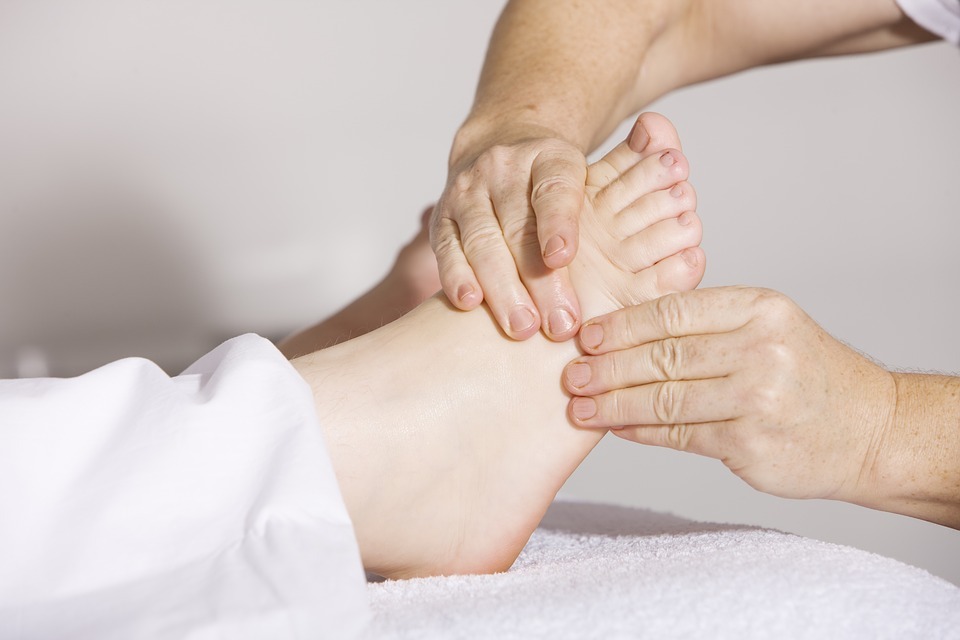The word fascia emerging from a Latin term means bandage. In recent times, in science, they call it the second skin, a thin layer that surrounds organs and holds them together. Moreover, every blood vessel, every organ, every nerve fiber, bone, and muscle connect with its threads. A group of cells in the form of tissues affect the central nervous system. The facial tissue comprises different elements based on fascia and their related tasks. Two main structural proteins include elastin and collagens, which make the myofascial elastic tear-resistant. In a layman’s term, fascia represents the thin layer of skin that appears between the chambers of an organ.
How fascia develops pain?
Myofascial is the region where fascia pain develops. Myofascial represents the muscles made up of connective tissue. The pain in muscles is thereby called myofascial pain syndrome. The fascia surrounding human organs may be a cause of pain and intense triggers due to facial suspension. The pain emerging in the human body is mutually influential and interdependent. The vertebrae and bones get placed in the correct position with the help of myofascial tension balance. Hardened areas and adhesions in the fascia may be a cause of imbalance throughout the body.
The causes of fascia pain
There are various causes of fascia pains in the human body ranging from overuse of the tissue to monotonous and unilateral movements. When the body comes under an exertion, it negatively affects the fascia, thereby leading to fascia pain. On the other hand, a unilateral strain that develops on the muscles results in tissue stress, which brings an imbalance in the myofascial system. Moreover, limp drainage disorder and circulatory disorder are other important causes of fascia pain. The fascia requires a regular supply of nutrients and oxygen. When the body does not get enough fluid and nutrients, it accumulates toxins, making the fascia sticky and causing facial pain. In addition to this, fluids and diet in proper proportion are equally valuable to ensure the excellent functioning of facial tissues.
Help for fascia pain
Suppose you want to know how fascia affects health then, you must focus on its physiological symptoms like loosening of adhesion, improved circulation, improved fluid exchange, stimulation of the lymph flow, and regulation of the nervous system; it may relieve tension and reduce susceptibility injury, and accelerated regeneration.
There are various medical treatments available for dealing with the problem. So, you may get in touch with your physician to decide on your treatment plan. Also, by developing healthy life habits like regular exercise and movement, you may increase the functioning of different organs of your body. Various bouncing movements encompass dancing, hopping, and jump rope, allowing the body to train fascia properly. Remember that the facial system is intertwined; thereby, leading to triggering effects on related areas when you put one aspect under movement. Also, you should take enough water to keep your body hydrated. It would help if you stayed hydrated to keep away all kinds of muscle cramps and spasms.

